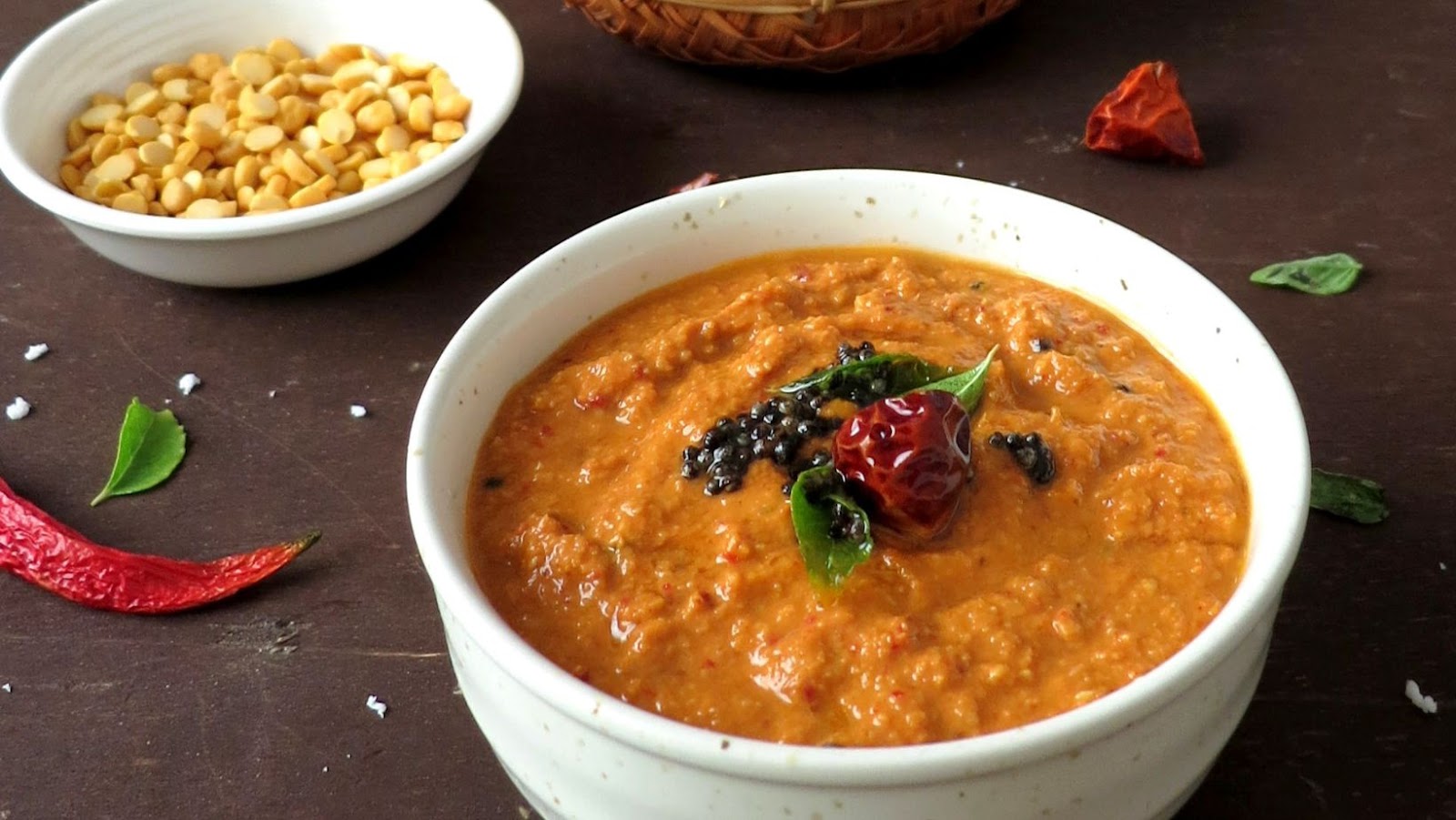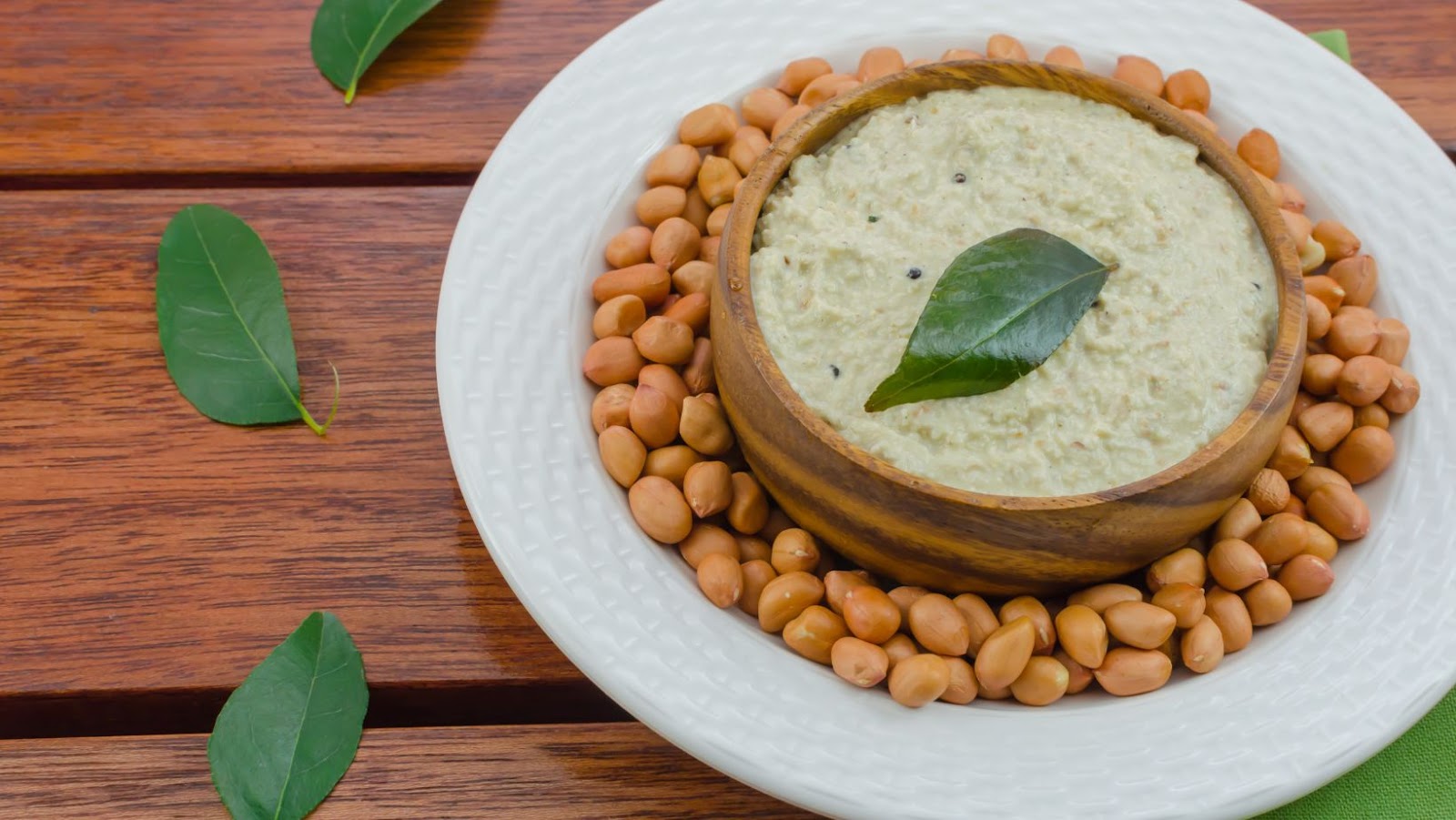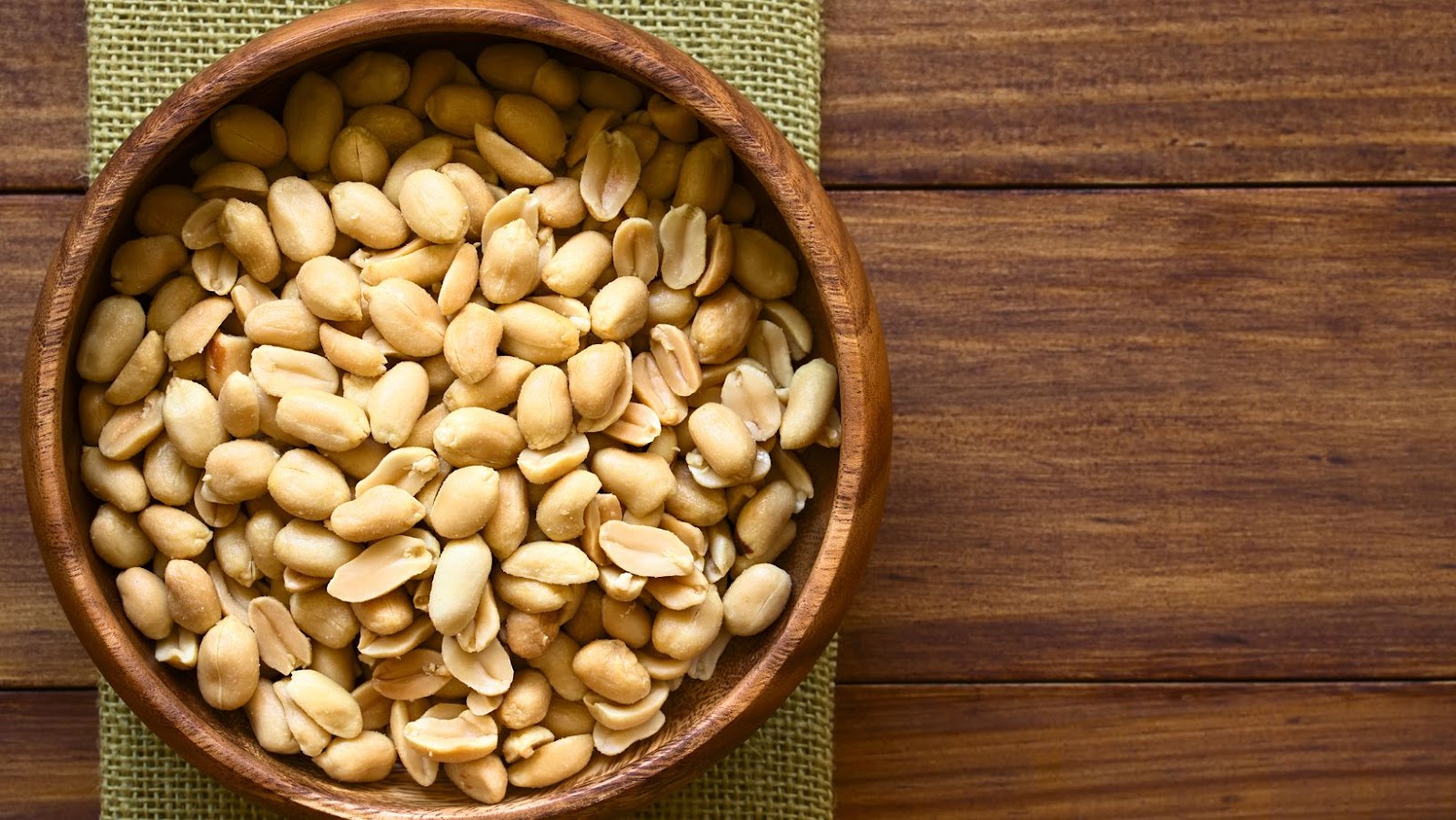How is Peanut Chutney Good for the Heart?

Chutneys are mandatory for every Indian food lover, whether it’s eaten for breakfast, lunch, or snacks. Peanut chutney is the best combination for any breakfast; you can also eat it with rice. It is a simple process, and you can easily make it home.
If you don’t have sufficient time to prepare, you also can purchase instant chutney online that is ready to serve. You must add some water and stir it well, and you can happily enjoy the taste.
Chutneys are a Type of Relish Commonly Eaten in Indian Cuisine
They are made from fruits, vegetables, and spices and can be served on the side as part of an entree or as a main dish. It’s also common for chutneys to accompany rice dishes at mealtime. Chutneys are made with fruit (such as apples), vegetables (like carrots or beetroot), and spice blends such as ginger, pepper, or cumin seeds. You’ll find them in jars at supermarkets all over India.
Peanut is a Very Popular Indian Chutney Where Peanuts Get Added
Peanut chutney is a popular and traditional Indian food with peanuts as its main ingredient.
The chutney is made with peanuts, onions, and spices such as red chili powder, curry leaves, coriander seeds, cumin seeds, etc., to give it a distinct taste. The mixture of these ingredients provides you with an all-purpose condiment that can be used to make snacks or side dishes like the idli-sambar rice combo (an Indian breakfast dish).
Peanuts Benefit the Heart Because it is High in Monounsaturated Fat
Monounsaturated fat is found in foods like olive oil and avocados. It can also help lower cholesterol levels. It’s also known as “good” cholesterol because it helps to lower high blood pressure and reduce the risk of heart disease.
The peanut coconut chutney benefits the heart because it is high in monounsaturated fat, which can help lower cholesterol levels. So if you’re trying to reduce your risk of having a heart attack or stroke, include this chutney on your grocery list!
Repeated Consumption of Chutney Has Been Seen to Boost the Immune System and Blood Pressure Levels By Increasing Nitric Oxide Levels
Chutney is a great way to add natural sweetness to your meals while boosting your immune system and blood pressure levels. Peanut chutney for dosa is the best combination that almost everyone likes the most. It can be used as a healthy snack or appetizer in many different ways. You can add it on top of your favorite meat dishes or just by itself when you’re hungry. It tastes great with anything from lentils to tofu!
Peanut chutney for idli is also an excellent combination for food lovers –Recipe Ingredients: 1/3 cup peanuts (roasted, unsalted) 1/4 cup water or vegetable stock (or more if needed) 2 tablespoons olive oil.
Helps Lower Cholesterol Levels in the Body
The recipe’s high level of monounsaturated fat can help lower cholesterol levels and reduce blood pressure, both risk factors for heart disease. Repeated consumption of peanuts has been seen to boost the immune system and increase nitric oxide levels in the body, improving blood flow and oxygenation.
Conclusion
Peanut skin contains a compound known as oligomeric proanthocyanidins, which has been found to have anti-inflammatory properties. It also has antioxidant and anti-mutagenic properties.
Peanuts are loaded with manganese, which plays a role in muscle function and metabolism and produces red blood cells. One study found that manganese deficiency increased the liver’s risk of protein oxidation (damage to proteins).






